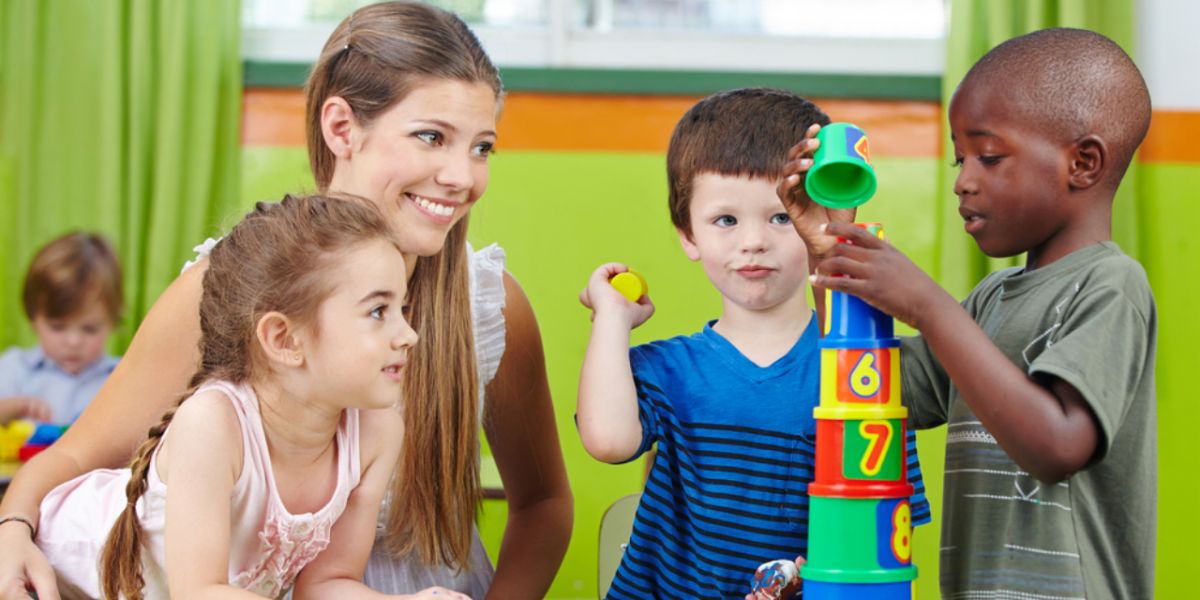
Argentina is a country where family comes first and is very child-friendly. Its numerous plazas and public parks, most of which come with playgrounds, make popular gathering spots for families. Besides this, you'll find family-friendly beach resorts, museums, and leisure centres, and several places that offer discounts for small children.
Argentina has plentiful childcare centres and nurseries across the country. If you want to enrol your child in a public nursery or childcare centre, you must contact the one nearest to your place of residence. Application forms are available on the school premises. Many hotels also provide childcare and babysitting as an amenity to their guests, and certain Spanish language schools will take care of your kids as part of the programs they offer.
If you don't wish to send your child to a nursery, you can, of course, employ a nanny or au pair, who can also look after them after school hours until you get home. Nannies can be found via websites such as AupairQuest.com, through agencies like GreatAupair or World Class Nannies, or by word-of-mouth.
The pre-education system
In Argentina, pre-primary education is referred to as "educación inicial" and is compulsory up from the ages of three to six, at which point kids are enrolled in primary school. The pre-education system is divided into two parts: "jardín maternal", which generally enrols children from 45 days old and "jardín de infantes", which enrols children from the age of three.
The education system
In Argentina, the academic year starts in early March and finishes mid-December, with no half terms. However, there is a two-week winter holiday in July. Free public schooling is provided for all residents, including expats, but you can also find private and international schools in the bigger cities. Naturally, there are several differences between these types of schools.
Public schools
Public schools follow a system of mandatory education known as Educación General Básica, which is divided into three cycles: EGB I (Grades 1 to 3), EGB (Grades 4 to 6) and EGB III (Grades 7 to 9). These schools tend to be underfunded and the resources are limited. Do not expect your child to have access to PE, Drama, or Art classes.
Private schools
Private schools in Argentina are usually Catholic church-funded institutions. They follow the same curriculum as public schools, but offer greater flexibility and sometimes provide teaching in English, as well as Spanish.
International schools
There are a number of international schools in Argentina, which follow an international curriculum, mostly the British, American or International Baccalaureate (IB). Others follow German, Japanese, and French curricula, to name a few.
Centro Polivalente de Artes schools
One of these types of school exists in each large town, however, they are very oversubscribed, as they teach visual and performing arts on top of the main subjects. The school day is rather long here, due to the number of subjects taught.
We hope you found this article useful! For more articles on expat life in Argentina, visit our website.
Useful links:
GreatAupair
World Class Nannies
Education map
Argentina Ministry of Education
We do our best to provide accurate and up to date information. However, if you have noticed any inaccuracies in this article, please let us know in the comments section below.








